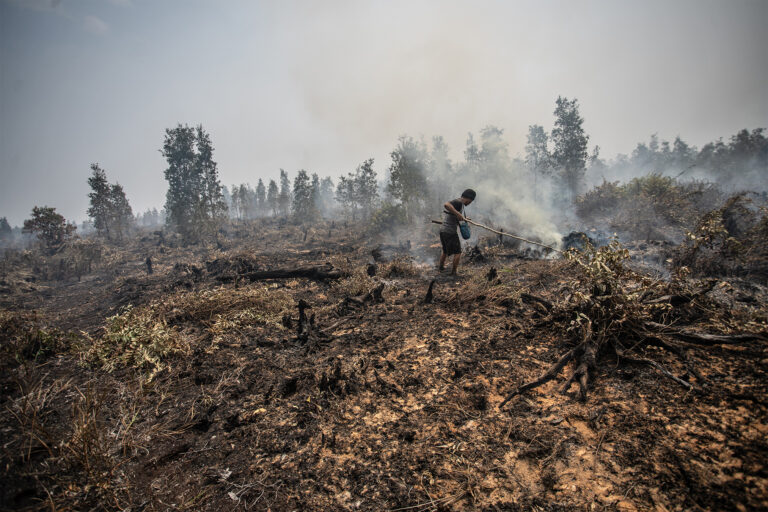U.S. President Donald Trump has signed a proclamation allowing commercial fishing in Pacific Islands Heritage Marine National Monument (PIH), a massive marine protected area home to threatened fish, sea turtles and marine mammals. The proclamation says U.S.-flagged vessels may now fish within 50-200 nautical miles (90-370 kilometers) inside PIH’s boundaries.
While the proclamation and factsheet published by the White House refer to the protected area as Pacific Remote Islands Marine National Monument (PRIMNM), it was recently renamed PIH.
PIH was established in 2009 by then-president George W. Bush and expanded under his successor, Barack Obama, in 2014 to cover about 1.27 million square kilometers (490,000 square miles), mostly around uninhabited U.S.-controlled islands and atolls. Industrial fishing was until now banned in PIH.
PIH Coalition, a Hawai‘i-based advocacy group that includes scientists, fishers and Indigenous leaders, told Mongabay in an emailed statement that allowing industrial fishing “threatens to reverse decades of progress that have reduced overfishing and exploitation of one of the planet’s last wild, healthy ocean ecosystems and a place of cultural significance for Pacific Islanders.”
The proclamation says banning commercial fishing has been detrimental for U.S. fishers, who have had to fish farther away and compete against poorly regulated foreign fleets.
In January, Amata Radewagen, a congresswoman representing American Samoa, urged the Trump administration to open most of PIH to commercial tuna fishing to challenge “Chinese fishing dominance.” In an April 17 statement, Radewagen said “the American fleet is part of the solution, not the problem.”
Fisheries expert and PIH Coalition member Rick Gaffney told Mongabay that the proclamation, and the president, “seem to be oblivious to the fact” that most U.S.-flagged vessels in the Pacific have only a single U.S. citizen: “[T]he rest of the crew are foreign nationals from impoverished countries being paid pitifully low wages, working in harsh, often dangerous conditions.”
Additionally, the proclamation notes that existing laws like the Endangered Species Act are enough to protect the area’s natural resources. But Gaffney said these don’t provide the same protections as the PIH closures. “And many of them appear to be on the administration’s list of measures destined for the ‘wood chipper,’ along with the agencies that enforce them.”
Trump’s proclamation also notes that PIH doesn’t safeguard fish populations like tuna against overfishing as they’re migratory in nature. However, Robert Richmond, a marine conservation biologist at the University of Hawai‘i at Mānoa, previously told Mongabay that PIH’s location, size and diverse features make it ideal for migratory fish to recover, and an investment for the future.
Solomon Kahoʻohalahala, a native Hawaiian elder and PIH Coalition chair, said, “Opening this sacred place for exploitation is short-sighted and does not consider current or future generations of Pacific People who rely on a healthy ocean, and know this special ocean space as our ancestral home.”
Banner image: fish in the Palmyra Atoll, courtesy of Bryce Groark.














